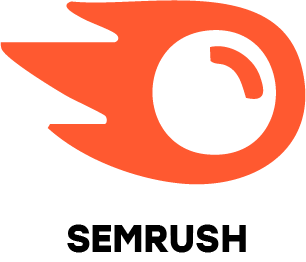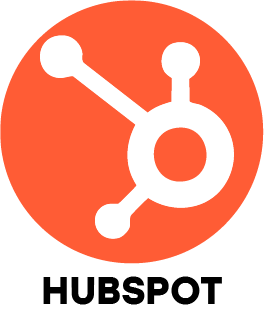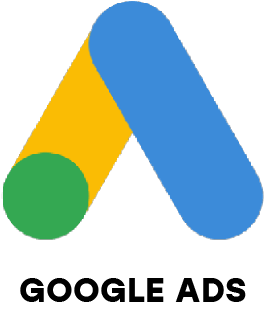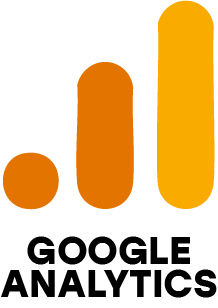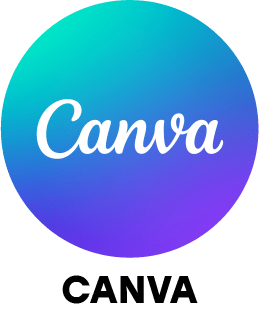1. What is difference between SEO and SEM?
Ans:
SEO is about improving a website’s ranking in search results without paying for ads, by using keywords and quality content. SEM (Search Engine Marketing) uses paid advertising like Google Ads to quickly appear at the top of search pages. SEO is cost-efficient but takes time, while SEM gives faster visibility through paid efforts.
2. How do you track the success of digital marketing campaign?
Ans:
To measure campaign success, I focus on metrics like website traffic, conversions, click Through rate (CTR), cost per click (CPC), bounce rate and return on investment (ROI). Tools like Google Analytics, Meta Ads Manager and customer relationship management (CRM) software help analyze the data and make performance based decisions.
3. Can you explain how Google Ads works and what a Quality Score is?
Ans:
Google Ads runs on a bidding system where advertisers bid on keywords. The position of the ad depends on the bid and the Quality Score, which is based on ad relevance, the quality of the landing page and expected CTR. Lower expenses and better ad placement are associated with a higher Quality Score.
4. Which tools do you use for keyword and competitor research?
Ans:
For keyword research, I use tools like SEMrush, Ahrefs, Google Keyword Planner, Ubersuggest and Moz. For analyzing competitors I work with platforms like SimilarWeb, SpyFu and BuzzSumo to explore their traffic sources, backlinks and content strategies.
5. What are the newest trends in online advertising?
Ans:
Current trends include AI-powered content personalization, the rise of short videos (like Reels), voice search optimization, working with influencers, zero-click search strategies and using automation tools to manage campaigns and data analysis more efficiently.
6. How do you improve the conversion rate of a landing page?
Ans:
To increase conversions, I focus on writing compelling headlines, simplifying lead forms, improving page load speed, adding social proof like reviews, testing multiple CTAs and ensuring the page is mobile-friendly and free of distractions.
7. Describe backlinks and explain their meaning.
Ans:
Backlinks are links from other websites that point to yours. In the viewpoint of search engines, they serve as votes of confidence, increasing your authority and raising your search engine ranks. The quality and relevancy of backlinks are more significant than their quantity.
8. How do you segment email lists for better performance?
Ans:
I divide email lists based on customer behavior (like email opens or purchases), location, interests and engagement levels. This allows for more targeted, relevant emails, which increases open rates, click-throughs and conversions.
9. Share an example of a campaign you handled successfully.
Ans:
I led a digital launch campaign for a new product that used blog content, paid ads and remarketing. Through A/B testing and continuous analysis, we raised lead generation by 45%, reduced CPC by 30% and reached a 6.5% conversion rate within two months.
10. What social media metrics do you track regularly?
Ans:
I keep an eye on engagement rates (likes, comments, shares), impressions, reach, follower growth and click-through rates. For paid campaigns, I also track conversions like sign-ups or purchases using UTM links and analytics tools.





